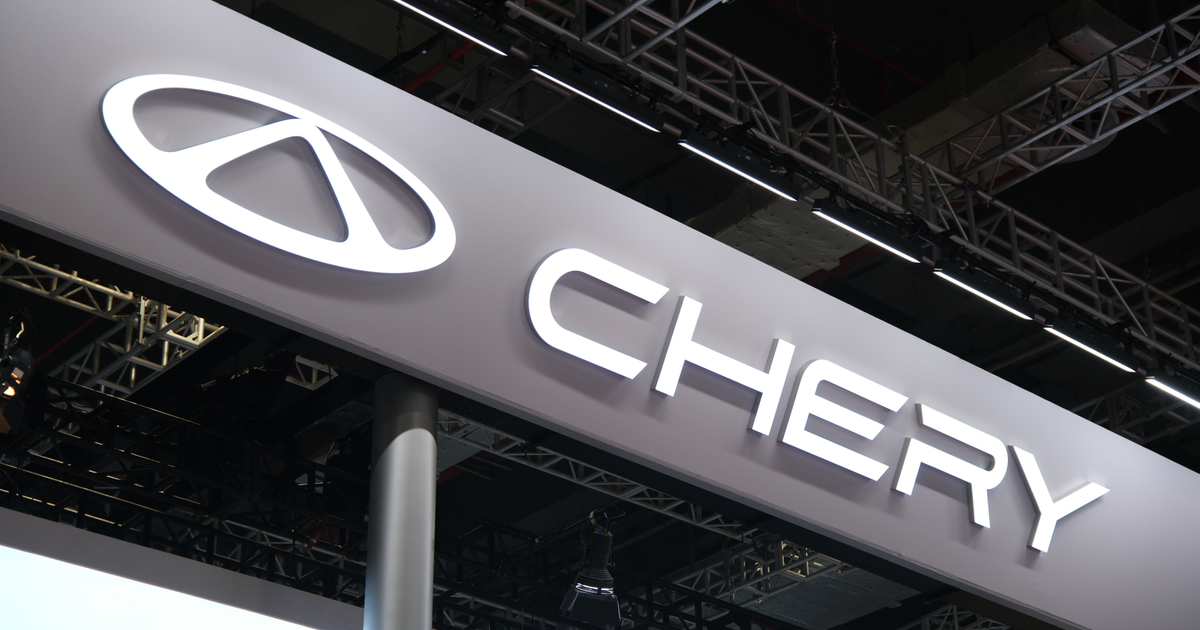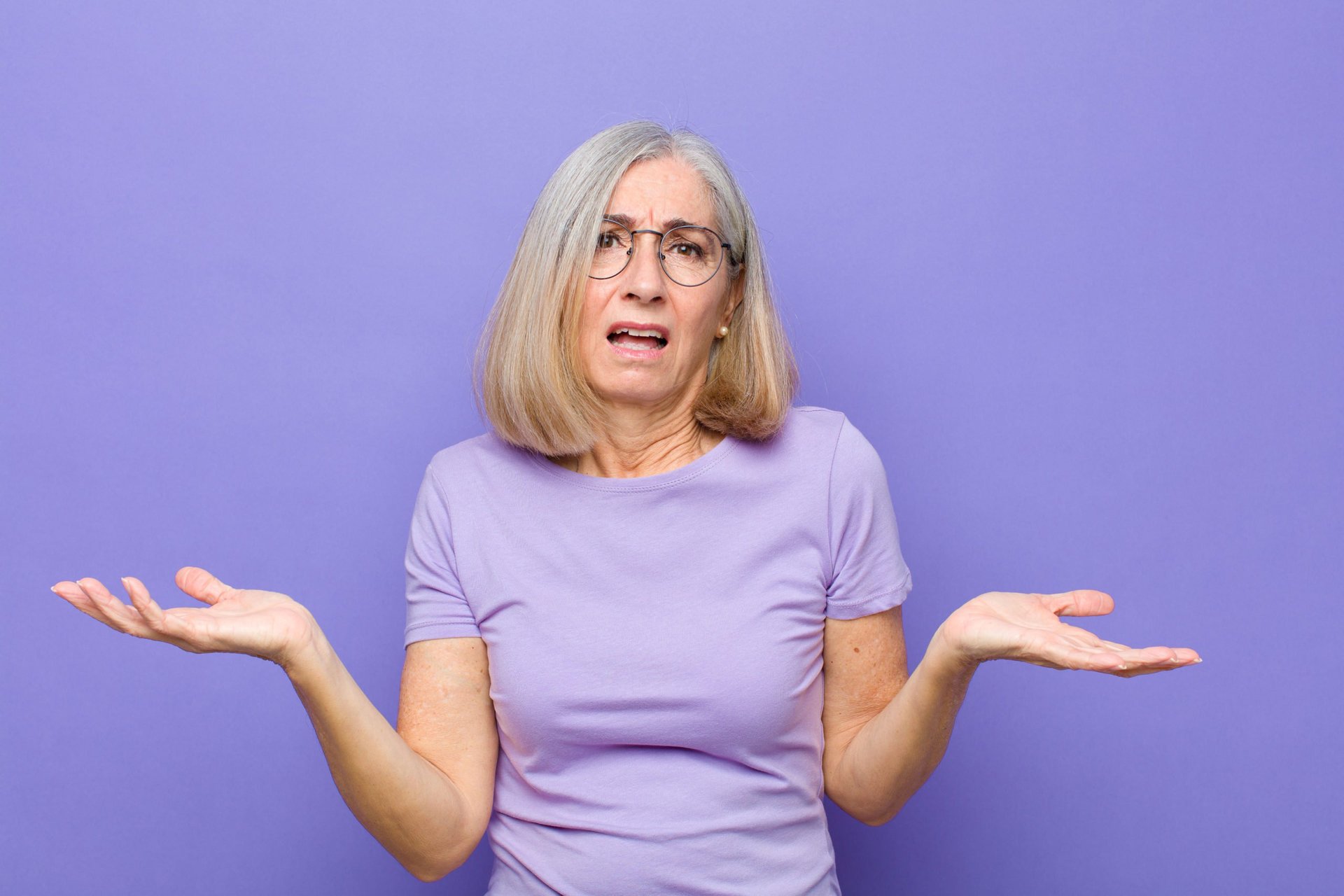On Wednesday, 153,000 student loan borrowers got the surprise so many others have been waiting for: total loan forgiveness. The White House said it approved $1.2 billion of student loan forgiveness for borrowers with low balances who enrolled in the newest income-driven repayment (IDR) plan, Saving on a Valuable Education (SAVE).
Impacted borrowers got an email addressed from President Joe Biden that read, “Congratulations — all or a portion of your federal student loans will be forgiven because you qualify for early loan forgiveness under my Administration’s SAVE Plan.”
To qualify for this wave of relief, you must have:
-
Enrolled in the SAVE plan.
-
Borrowed $12,000 or less in federal student loans.
-
Spent at least 10 years in repayment, including the pandemic pause and other time counted under the one-time IDR account adjustment.
Next week, the White House will send out another round of forgiveness emails. Borrowers who sign up for SAVE now could be eligible for the upcoming forgiveness.
“This is something that will continue on moving forward, so it’s not a one-time thing,” says Sabrina Calazans, managing director at the Student Debt Crisis Center, a nonprofit group that aims to advance student debt relief. “It is something that is now basically part of the student loan system, and so folks will be able to continuously benefit from this.”
SAVE’s benefits expand beyond 10-year forgiveness for low-balance borrowers. Monthly payment amounts are tied to your income, and you can qualify for $0 payments if you earn less than about $32,800 as an individual or $67,500 with a family of four. Unpaid interest won’t build month to month. And starting in July, payments could be cut in half for borrowers with undergraduate loans only.
Here’s what you need to know if you received a SAVE forgiveness email.
Your account won’t update immediately
After a loan forgiveness notification email, it can be tempting to repeatedly refresh your account until you see a $0 loan balance. However, the Education Department generally takes around 30 days to apply updates to borrower accounts, says Kristen Ahlenius, director of education and advice at Your Money Line, a workplace financial wellness company that works with student loan borrowers. And borrowers who received forgiveness through other programs have reported much longer wait times.
Your student loan servicer will alert you when your account updates. This will take “some time,” the White House forgiveness email said, and you should wait at least 21 days after the original notification before reaching out to your servicer with questions.
If your account still shows a payment due in the period between notification and final loan cancellation, you should make it if you can, Ahlenius says. You will get a refund for overpayments.
Scammers are targeting SAVE loan forgiveness recipients
If you think you’ve been targeted by a SAVE forgiveness scam, report it to the Federal Trade Commission by calling 1-877-382-4357 or visiting reportfraud.ftc.gov.
You might get a tax bill from your state
In the past, the federal government treated IDR student loan forgiveness as taxable income — landing some borrowers with a large, unexpected tax bill.
Borrowers are temporarily off the hook for federal taxes on IDR student loan forgiveness through 2025. However, a small number of states — like Indiana, North Carolina and Mississippi — consider IDR loan forgiveness taxable income, according to a 2023 report by the Tax Foundation, a nonpartisan tax policy nonprofit.
“Folks should just be aware and should be sure to check to see whether their state is one of those or not, so that they don’t get a surprise tax bill,” Calazans says.








































